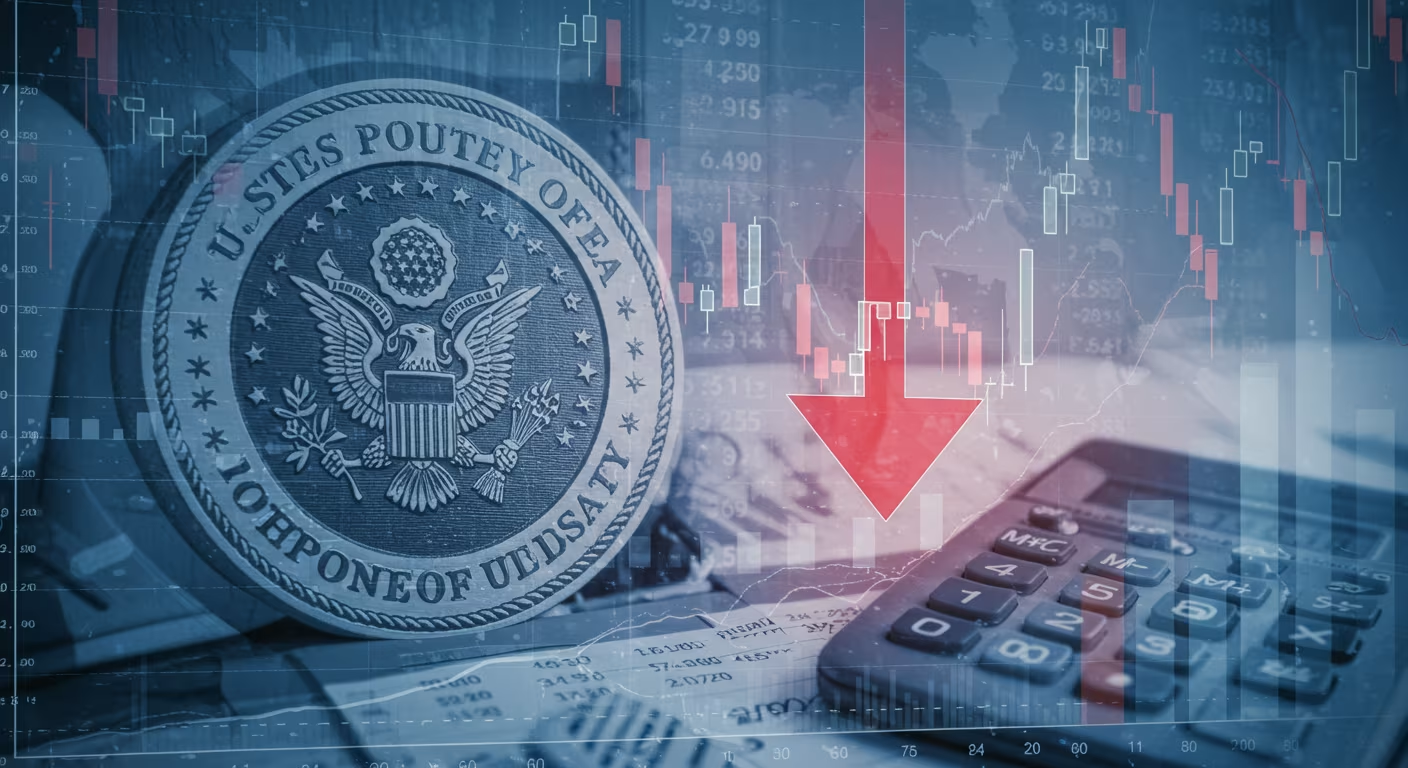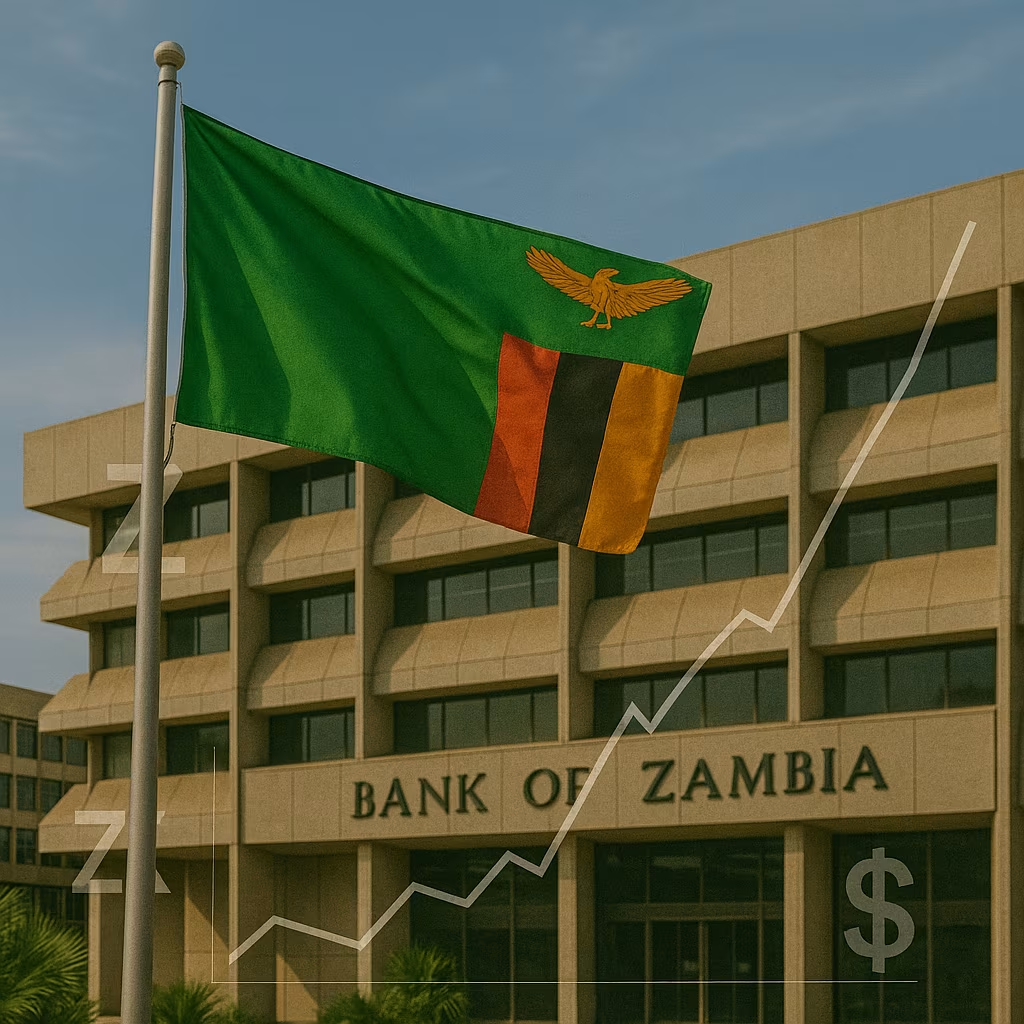In a financial world where perception is as impactful as policy, the recent downgrade of U.S. Treasury debt has stirred notable concern among investors, analysts, and economists. One of the most respected voices in valuation and corporate finance, Aswath Damodaran, has raised a compelling alarm: global risk premiums are on the rise, and the downgrade of U.S. Treasuries may be a critical turning point.
Damodaran, a finance professor at NYU Stern and widely regarded as the “Dean of Valuation,” argues that the downgrade is not just a symbolic gesture but a real signal of shifting risk dynamics in the global financial system. His analysis dives deeper into what this means for investors, capital allocation, equity markets, and the broader economy.
Here’s what’s happening, and why it matters.
The Downgrade That Shook Confidence
In mid-2023, Fitch Ratings downgraded the U.S. long-term credit rating from AAA to AA+, citing rising government debt, growing fiscal deficits, and political brinkmanship over the debt ceiling. Although the downgrade didn’t come with an immediate market crash, it did reignite discussions about the perceived “risk-free” nature of U.S. Treasuries—the very foundation of global capital markets.
Damodaran, whose valuation models often use U.S. Treasury yields as the benchmark for risk-free rates, was quick to respond. In a blog post and subsequent interviews, he warned that this shift, while perhaps anticipated, signals a recalibration of global risk assumptions.
Revisiting the Risk-Free Rate
Traditionally, the yield on 10-year U.S. Treasuries is treated as the bedrock of financial modeling, used by analysts and investors to discount future cash flows and determine asset valuations. The assumption: Treasuries are free of default risk.
But the downgrade introduces an unsettling reality—even U.S. debt carries political and fiscal uncertainty, if not default risk. As Damodaran notes, the downgrade doesn’t mean Treasuries are unsafe, but it undermines their perception as a completely risk-free asset.
This has ripple effects. If the risk-free anchor becomes questionable, then all valuations must be adjusted upward to compensate for perceived added risk—starting with the equity risk premium (ERP).
What Is the Equity Risk Premium—and Why Is It Rising?
The equity risk premium is the additional return investors demand for holding stocks over risk-free assets. It reflects the level of uncertainty in earnings, economic stability, and policy direction. When markets grow more volatile or global risks intensify, investors demand a higher premium.
Damodaran’s updated estimates suggest that the global ERP has increased following the U.S. downgrade, even if Treasury yields themselves remain stable. This means investors are now discounting corporate cash flows at higher rates, reducing valuations for equities, especially in high-growth sectors.
His models show:
- A higher ERP for U.S. and international equities
- Adjustments in country-specific risk premiums, particularly in emerging markets
- A greater spread between safe-haven assets and equities
This is not just a theoretical adjustment—it affects everything from stock prices and IPO valuations to capital budgeting decisions and cross-border investment flows.
Global Implications of the Downgrade
Damodaran argues that the U.S. downgrade is not isolated—it signals growing investor skepticism toward government solvency worldwide. Nations with rising debt-to-GDP ratios, unfunded entitlements, and political instability may face similar pressure.
As the world increasingly contends with higher interest rates, geopolitical fragmentation, and fiscal strain, the default assumption of a benign risk environment is fading. For international investors, this means:
- More selective capital allocation
- Higher discount rates applied globally
- Greater demand for transparency and fiscal discipline
In short, Damodaran sees the downgrade as part of a broader inflection point in global financial risk assessments.
Impacts on U.S. Equities and Corporate Valuation
In the U.S., the downgrade and rising ERPs mean that corporate valuations could face downward pressure, particularly for growth-oriented and speculative tech firms. The combination of:
- A higher cost of equity
- A more conservative investor mindset
- And tighter monetary conditions
…creates a valuation environment far less forgiving than that of the low-rate, high-liquidity era of the 2010s.
Damodaran emphasizes that companies must now earn investor trust not with hype or momentum, but with disciplined fundamentals and sustainable free cash flow.
Bond Market as a Volatility Indicator
Damodaran also points to the bond market’s reaction as a real-time barometer of financial system stress. In the wake of the downgrade, there was a slight sell-off in long-term Treasuries, but more importantly, yield curve inversion remained stubborn, and credit spreads widened.
These signals, he argues, reflect a market grappling with policy uncertainty, inflation volatility, and declining confidence in government debt management.
As a valuation expert, he sees this as an early warning that market-based risk perceptions are no longer aligned with historical assumptions. It’s not just about what models say—it’s about what markets are pricing in.
What Investors Should Watch Moving Forward
Damodaran doesn’t preach panic—but prudence. He advises investors and financial analysts to:
- Reassess risk premiums regularly, using both top-down market indicators and bottom-up company metrics
- Avoid blind reliance on historical averages for ERP and risk-free rates
- Monitor fiscal policy and political stability as inputs into valuation models
- Understand that higher ERPs mean higher expected returns—but also lower current valuations
He also stresses that risk isn’t always bad—it’s the price of opportunity. But it must be priced accurately.
A Wake-Up Call for Global Risk Models
Aswath Damodaran’s warning about the rise in global risk premiums following the U.S. Treasury downgrade is more than a headline—it’s a call to recalibrate. For too long, investors and analysts have operated in a low-risk illusion. That illusion is now fading, and the cost of capital is rising accordingly.
Whether you’re a portfolio manager, CFO, or retail investor, the message is clear: understand the risks embedded in your assumptions. Because when the so-called “risk-free” asset is downgraded, everything else on the valuation spectrum must be revisited.





